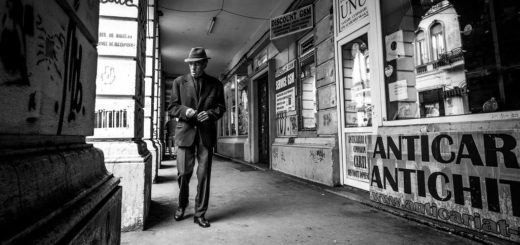Motion Photography
There are countless situations in film photography where motion plays a role. As such, there are a few motion photography tips and techniques that may be utilized during motion photography. You may want to capture frozen motion photography without any blur or you may decide to have the entire scene in motion blur photography. Ultimately, the choice is yours. This portion of the guide to photography will discuss how to appropriately capture motion with a few scenarios and the settings of your film camera and shutter speed to do so.
Setting the Shutter Speed for Motion Photography
The key to motion photography is a firm understanding of the shutter speed and the fast or slow shutter speed setting. If you hope to capture one frame of frozen motion with little or no blurriness from the movement of your subject, you will need to use a fast shutter speed such as 1/500 or faster. Of course, with such a fast shutter speed you will need to set a large aperture opening. This will result in shallow depth of field. If you do not want to have a shallow depth of field you will need more light to achieve captured motion or use a faster film speed. Obviously, this will take a few practice rolls of film to help you learn.
If you want to motion blur everything in the attempt to convey how fast the subject is moving then a slow shutter speed will be needed. Typically, anything below 1/60 for your shutter speed setting will allow this to happen. This basic photography technique often results in a mixture of colors, or black and white tones, as it will blend the colors together to create a painterly look. Blurring the subject in this manner is a rare technique used in photography as most will prefer the subject to be in sharp focus. Alternatively, you can use a technique called panning to capture motion and show the speed of motion.
Panning Photography Tips for Capturing Motion
Panning your camera is typically done with the use of a tripod, but can be done with a hand held camera. This photography technique is difficult to master, as it requires you to follow your subject with the film camera at the same speed. You will need to set your shutter speed dial to a slow speed. Upon pressing the shutter release button of your camera, you will have to follow your subject as it moves. If successfully done, you will have an image with the subject in focus and a motion captured background.
You can also do the reverse of panning and allow the background to have sharp focus while movement is blurred. This technique works well where the background is more important than the moving subject, like if you want to show the rush of traffic in the morning in a big city. The cityscape is left in focus while the cars and pedestrians are blurred to show how busy the city can be. This basic photography technique requires a slow shutter speed and a tripod. Simply allow your film to expose for your set amount of time and everything moving will become a motion blur.


















